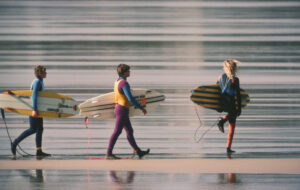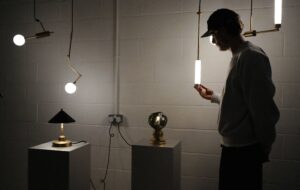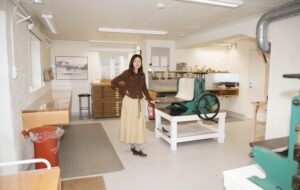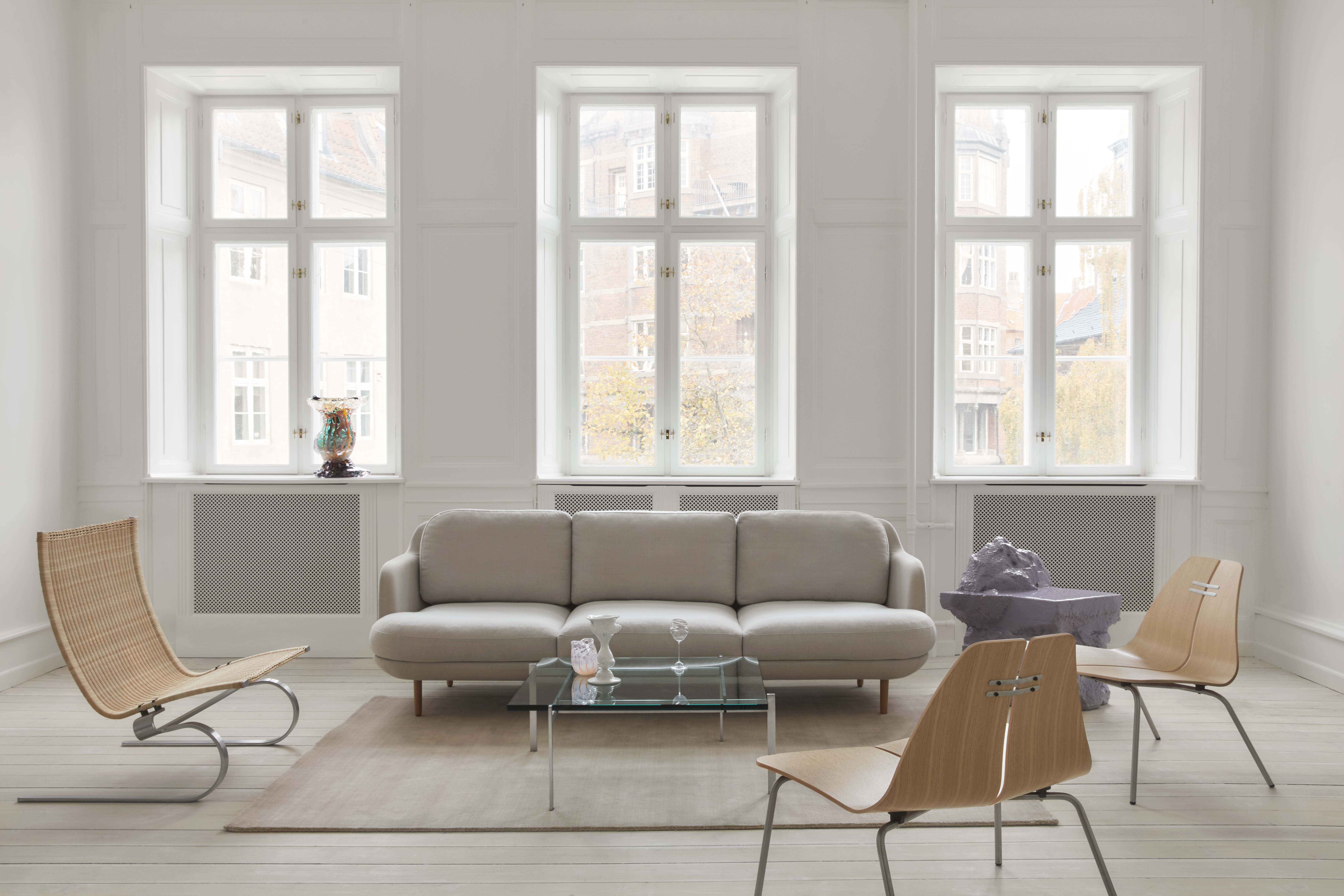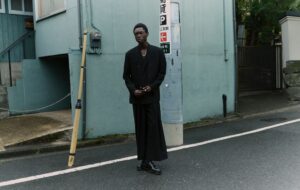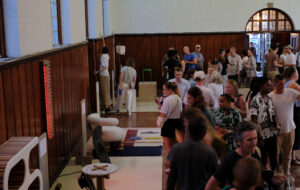
words Kieran Long
The US practice uses advanced digital modelling and CNC production techniques to create homogenous public spaces which also deal with infrastructural issues.
Marcelo Spina and his practice Patterns are in the vanguard of the new wave of digital design, based at Sci-Arc in Los Angeles, and follow in the footsteps of Hani Rashid, Thom Mayne, Neil Denari and his former employer Reiser & Umemoto. Spina’s approach to the surfaces of the urban environment, though, is one influenced as much by the iconic topography of Los Angeles and the infrastructure that supports it as computer-generated form-making.
His project for a set of prototypical tiles to cover public spaces uses the fast-developing technology of Computer Numerical Controlled production (CNC), which could eventually change the face of mass production by making it as economical to produce a series of different shapes as it is to mass produce identical elements. This has serious implications for the production of paviours, enabling a very high degree of customisation.
Spina is aware, though, that this technology has some way to go before this is economically viable, and his ideas lie somewhere between CNC and standard production methods: “This question of CNC milling is always an interest, but the economy of production does become expensive. We are interested in the space between the heavily standardised landscape infrastructure which relies heavily on modularity, and the CNC system which can be more selective and sensitive.”
Spina says of his prototypical system: “This is still quite extreme because it is an experimental project. Out of 140 tiles, there are 120 variations. However, around 60 of these are very similar. It is a kind of loose modularity with variation within modules.”
The paviours in this system are working harder than simple paving slabs, tailored to include channels for run-off water to prevent erosion – a big problem in the hills of LA. They can also be customised to form seats or areas for planting, but it is the engineering value of the system that excites Spina: “I’m very interested in taking ideas that are more from engineering and taking them into the architectural environment of the surface, especially at an urban level,” he says.
That is not to say that this approach is purely pragmatic. The surface in this context is continuous, but creates a series of what Spina calls “micro-environments”, with the tile system hybridised to allow for small areas of programme. It is a step-change from the conventional idea of a plaza – rather than simple open space, areas are created for repose and respite from the urban environment, through a manipulation of the homogenous surface of the ground.
“There is a certain haptic quality to this, and it is formally very intense,” he says. “You are able to perceive it in many different ways. We are taking these things that are normally produced by engineers and saying that there is a possibility of patterning, contour and texture.”
This has been put into practice in Patterns’ competition entry for the Metropolitan Plaza in Lexington, Kentucky. Although the project was not resolved in terms of materials (Spina speculates that the surface would be a mix of concrete and some kind of stone), the objective was to provide a homogenous surface that allowed different activities and modes of inhabitation, such as planting, sitting areas and more enclosed areas. “We wanted to produce surfaces whose morphology induces certain activities,” he says.
The infrastructure of the California countryside here meets the hyper-surface architecture to create a new way of making surfaces in the city. Spina concludes: “LA is influential in the sense that it allows you to see these processes in real life. LA exists depending on a huge amount of infrastructure, and architecture here has been conventional – looking at buildings. Landscape is underestimated.”

